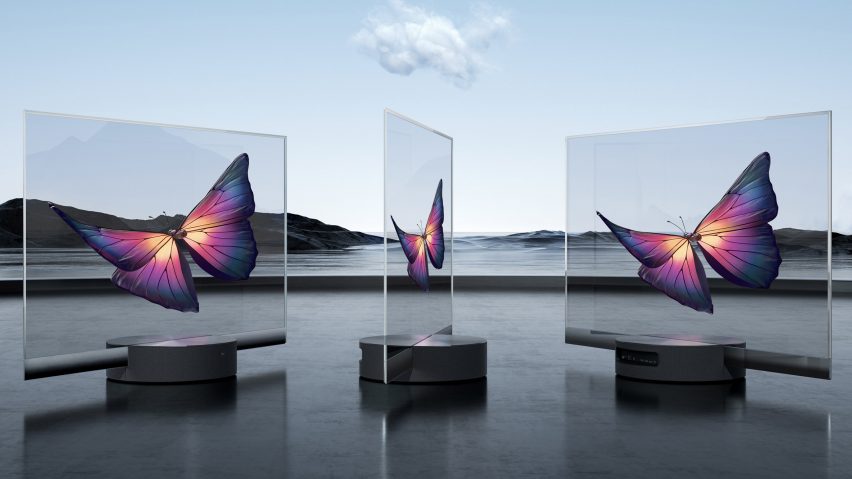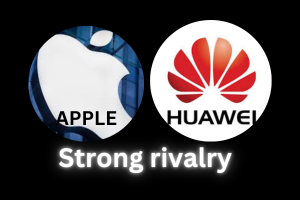The pictures displayed by the Mi TV LUX see-through television, from Chinese electronics maker Xiaomi, seems to be “floating in the air.”
The Mi TV LUX, hailed as the first in the world, has an edge-to-edge transparent display that results in what seems to be an ordinary glass screen, enabling viewers to see through to the other side.
The use of transparent organic light-emitting diode (OLED) technology is what gives the TV its glass-like appearance.
An OLED TV does not require backlighting since its pixels are self-illuminating, in contrast to regular LEDs in TVs, which is used in lighting an LCD display.
This indicates that these components are incorporated into the base stand of the Mi TV LUX, whereas traditional TVs need a rear panel to house their processing units.

The 55-inch rectangular screen of the TV has an “ultra-thin” thickness of about 5.7 millimeters. The screen has a 1.07 billion color combination display capability.
According to the company the covering on top of its cylindrical base stand resembles “compact discs” visually and was intended to assist it integrate into a range of environments.
The electronics maker claims that it is the first transparent OLED TV to be produced in large quantities worldwide.
On August 16, Xiaomi’s transparent TV will be on sale in China, retailing for around £5,500 (RMB 49,999).
Numerous electronics manufacturers have been creating various designs with the intention of concealing TVs’ actual looks.
Yves Béhar’s company Fuseproject created a smart TV for Samsung in 2017 that, when put on the wall, resembles a framed piece of art.
A year later, Samsung added the Ambient Mode function to their QLED TVs, which allows the screen to simulate the appearance of the wall behind it and seem nearly translucent when not in use.
Later, Dezeen collaborated with the firm to introduce a design competition where participants were required to create images for the Ambient Mode function. The result was a diverse collection of entries, ranging from a “meditation platform” to an architectural illusion.
Other efforts to lessen the impact of the displays include LG’s rollable TV, which can be hidden from view by simply clicking a button and rolling its flexible display into its base.
With its Beovision Harmony TV, which folds down into a sculptural form when not in use, two covers made of aluminum and wood may partially disguise the screen, adopting a more basic approach than Bang & Olufsen.
On the other side, Vitra, Panasonic, and designer Daniel Rybakken shared a concept with Xiaomi for their Vitrine TV prototype. It consists of a straightforward wooden frame with what seems to be a single pane of glass angled slightly.







